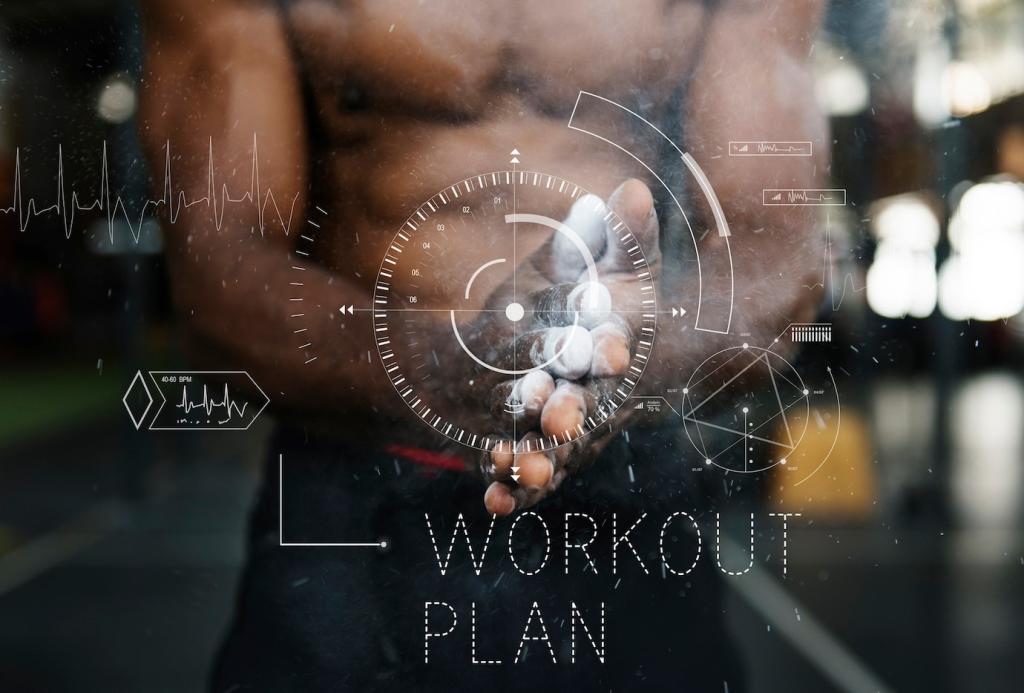Motivation, Habits, and Accountability
Attach workouts to existing habits: coffee then mat, or lunch then walk intervals. Start with a two-minute rule—just begin. Most sessions grow naturally once you start. Readers often report the first sip of water in training shoes becomes a cue their body craves, turning resistance into routine.
Motivation, Habits, and Accountability
Tell a friend your three scheduled sessions, then text “done” afterward with a sweaty selfie. Commit publicly to tiny, specific promises. Micro-commitments feel safe yet compelling. Join our comment thread with your week’s plan, and follow two people whose schedules resemble yours for mutual encouragement.





